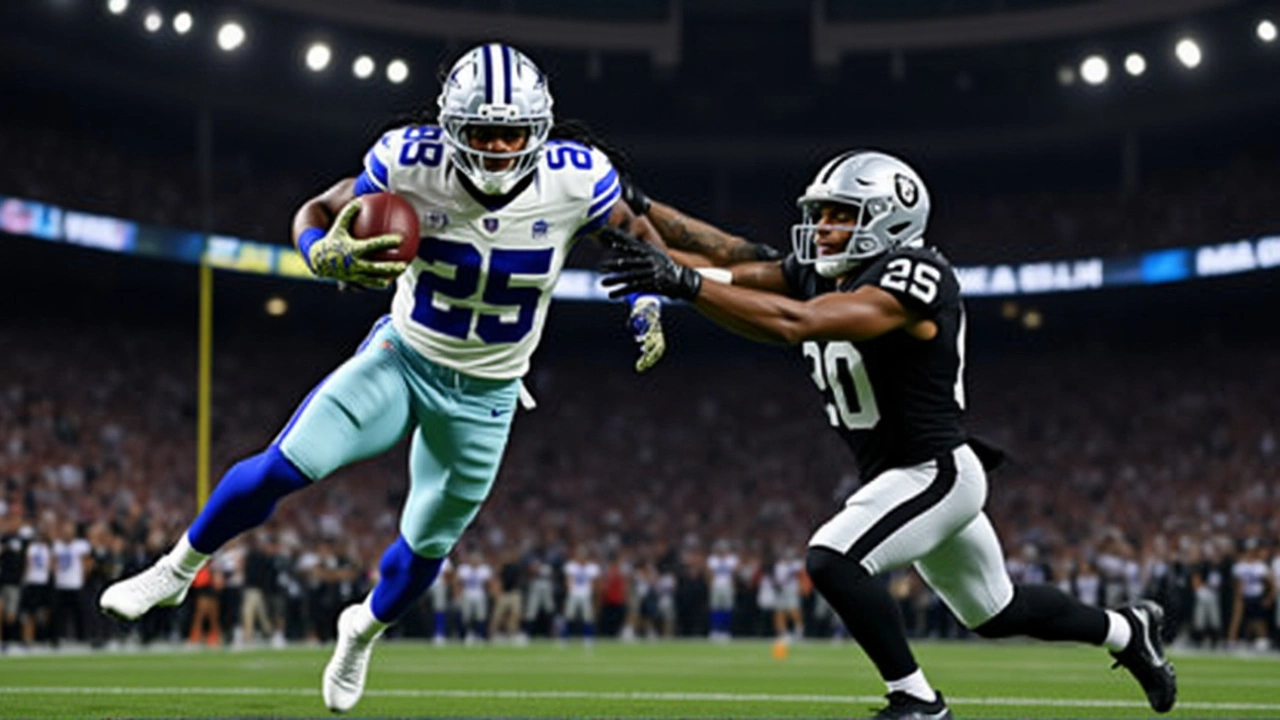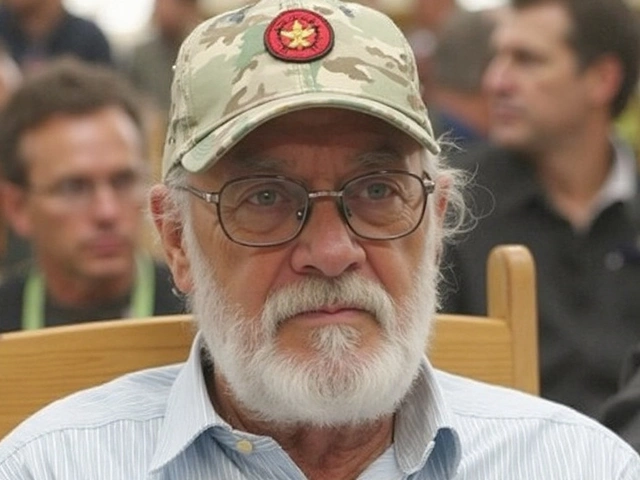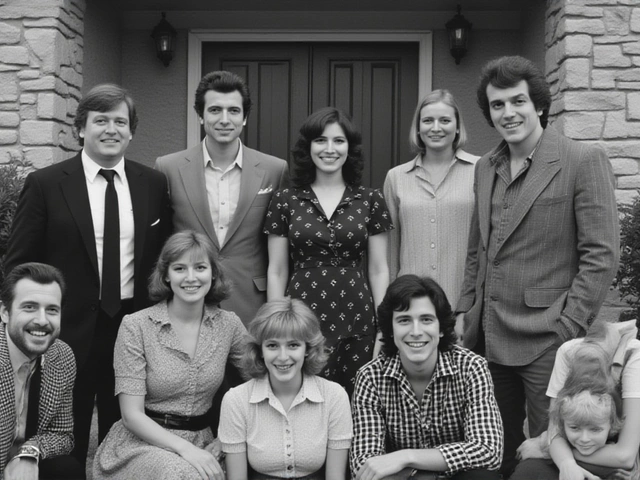It wasn’t just a win. It was a resurrection. With 1:07 left on the clock at AT&T Stadium, Dallas Cowboys kicker Aubrey drilled a 42-yard field goal to seal a 24-21 victory over the Philadelphia Eagles—completing the largest comeback in franchise history and one of the most improbable in NFL history. The game, played on Week 12 of the 2025 NFL Regular SeasonArlington, Texas, saw the Eagles race out to a 21-0 lead by halftime, only to collapse under the weight of their own mistakes as the Cowboys clawed back from oblivion.
How the Eagles Built a Fortress—Then Watched It Crumble
The first half was a masterclass in dominance. Zack Baun, the Eagles’ linebacker, recovered a fumble after 17 players touched the ball—a chaotic sequence that turned into a touchdown, sparking a 21-point explosion. A.J. Brown burned the Cowboys’ secondary for a 19-yard catch down the sideline, showcasing why he’s one of the league’s most dangerous receivers. By halftime, the Eagles were cruising. Fans were already planning their parade routes.
But here’s the thing: the Eagles’ offense didn’t just slow down in the second half—it vanished. Saquon Barkley, the league’s leading rusher entering the game, was held to 12 yards on 8 carries after halftime. Zero explosive runs. Zero first downs. Zero rhythm. Analysts watching on YouTube were stunned. "He just cannot run the ball," one commentator repeated, almost like a broken record. "We have no run game. We couldn’t ice the game. And the defense couldn’t bail us out."
The Cowboys’ Turn: Discipline, Patience, and One Unbreakable Drive
The Cowboys didn’t try to be heroes. They just kept chipping away. Dak Prescott, under relentless pressure, found CeeDee Lamb for a 34-yard bomb in the third quarter. Then, with 9:12 left, Tony Pollard punched in a 1-yard TD to cut the lead to 21-14. The defense, long criticized for softness, forced three straight three-and-outs in the final 12 minutes.
The turning point? A 12-men-on-the-field penalty on the Eagles with 5:47 left. The Cowboys were punting. The Eagles’ special teams unit rushed the line too early. The whistle blew. A 5-yard penalty. A fresh set of downs. "It’s like, come on, man," commentator Kevin said live on air. "You should know you should have 11 players on the field. Get off the field faster."
That penalty extended a drive that ended with a Prescott-to-Michael Gallup touchdown pass—tying the game at 21-21 with 3:18 remaining. No timeouts left for the Eagles. No momentum. Just silence in the visiting locker room.

Why This Loss Hurts More Than Most
The Eagles aren’t just any team. They’re the defending NFC East champs. They were 8-2 before this game. They had the league’s third-best offense. But now? Their playoff path looks like a minefield.
"Missed opportunities, questionable decisions, costly mistakes," read one viral analysis. "This isn’t about injuries. It’s about execution under pressure."
They dropped critical passes. They missed blocks. They failed to convert three red-zone trips in the second half. And when it mattered most—down 24-21 with 1:07 left—they couldn’t even get out of their own end zone. Three straight incompletions. Game over.
Meanwhile, the Cowboys—once written off after a 3-5 start—are now 5-7, clinging to playoff life. This win didn’t just keep them alive. It revived their belief. "They didn’t believe they could win," said one locker room source. "But they believed in each other. That’s what you need when you’re down 21."
What This Means for the Rest of the Season
The Eagles now sit at 8-3. Their next three games: at New York Giants, home against Washington, then a brutal road trip to Kansas City. One loss in that stretch, and their division title is gone. Two, and they could be fighting for a wild card.
The Cowboys? They’re now one game behind the Washington Commanders in the NFC East. Their schedule softens in December—home games against Carolina, Miami, and Arizona. But they need to win all three. And they need the Eagles to stumble.
"This loss," said an anonymous Eagles assistant coach to ESPN, "is going to haunt us until we prove otherwise."

Behind the Numbers: The Real Story of the Collapse
- Philadelphia’s second-half rushing yards: 12 (Barkley: 12 on 8 carries)
- Cowboys’ second-half points: 24
- Eagles’ penalties in the second half: 5 for 45 yards
- Cowboys’ third-down conversion rate in final 15 minutes: 5-of-6
- Time of possession in second half: Cowboys 21:03, Eagles 8:57
The numbers don’t lie. The Eagles had the game locked up. Then they handed it back. And the Cowboys? They didn’t just take it. They earned it.
Frequently Asked Questions
How does this affect the Cowboys’ playoff chances?
The win keeps Dallas alive in the NFC East, moving them to 5-7 and just one game behind Washington. They need to win all four of their remaining games and hope the Eagles lose at least two of their next three. Their path is narrow, but not impossible—especially after proving they can execute under pressure.
Why was Saquon Barkley so ineffective in the second half?
The Cowboys adjusted their defensive scheme, stacking the box and using safety help over the top. But more than that, the Eagles’ offensive line lost its cohesion. Barkley had no room to operate, and the lack of a passing threat in the second half meant defenders could key on him. He had zero runs longer than 4 yards after halftime.
What was the impact of the 12-men-on-the-field penalty?
That penalty gave Dallas a first down on what would’ve been a punt, extending a drive that ended in the tying touchdown. It was the first of three critical Eagles penalties in the final six minutes. Coaching staff later admitted they failed to communicate substitutions properly—a recurring issue in high-pressure moments this season.
Did injuries play a role in the Eagles’ collapse?
Yes, but not as much as execution. Starting right tackle Lane Johnson left in the first half with a knee sprain, and backup Cam Jurgens struggled in pass protection. However, the bigger issue was mental fatigue. The Eagles looked mentally checked out after halftime—something no injury can fully explain.
Is this the worst choke in Eagles history?
It’s certainly among the top three. The 2017 NFC Championship loss to the Vikings was more painful, but that was a last-second field goal. This was a 21-point lead, complete control, and a collapse fueled by self-inflicted wounds. It’s the kind of loss that changes a team’s identity for years.
What’s next for the Cowboys’ offense?
They’ll lean on Prescott’s poise and the emergence of Pollard as a dual-threat back. Their offensive line, battered all season, held up better in this game—allowing just two sacks. If they can protect him consistently, and Lamb stays healthy, they have a real shot to make a late run. But they’ll need to win their next three to stay relevant.






